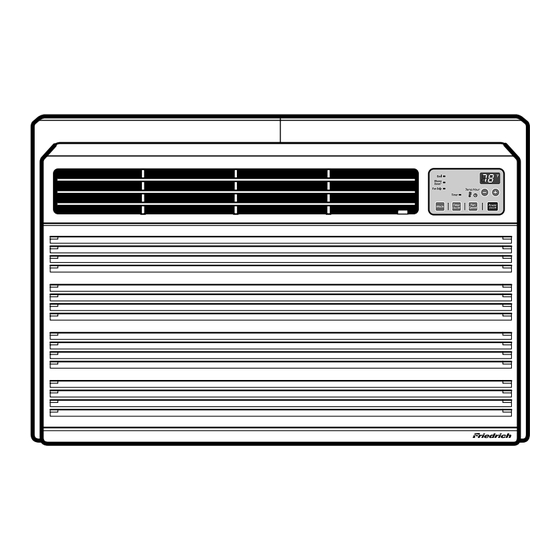
Friedrich Uni-Fit US08B10A Service And Parts Manual
Thru-the-wall series
Hide thumbs
Also See for Uni-Fit US08B10A:
- Installation and operation manual (60 pages) ,
- Product manual (6 pages) ,
- Brochure & specs (6 pages)










Need help?
Do you have a question about the Uni-Fit US08B10A and is the answer not in the manual?
Questions and answers